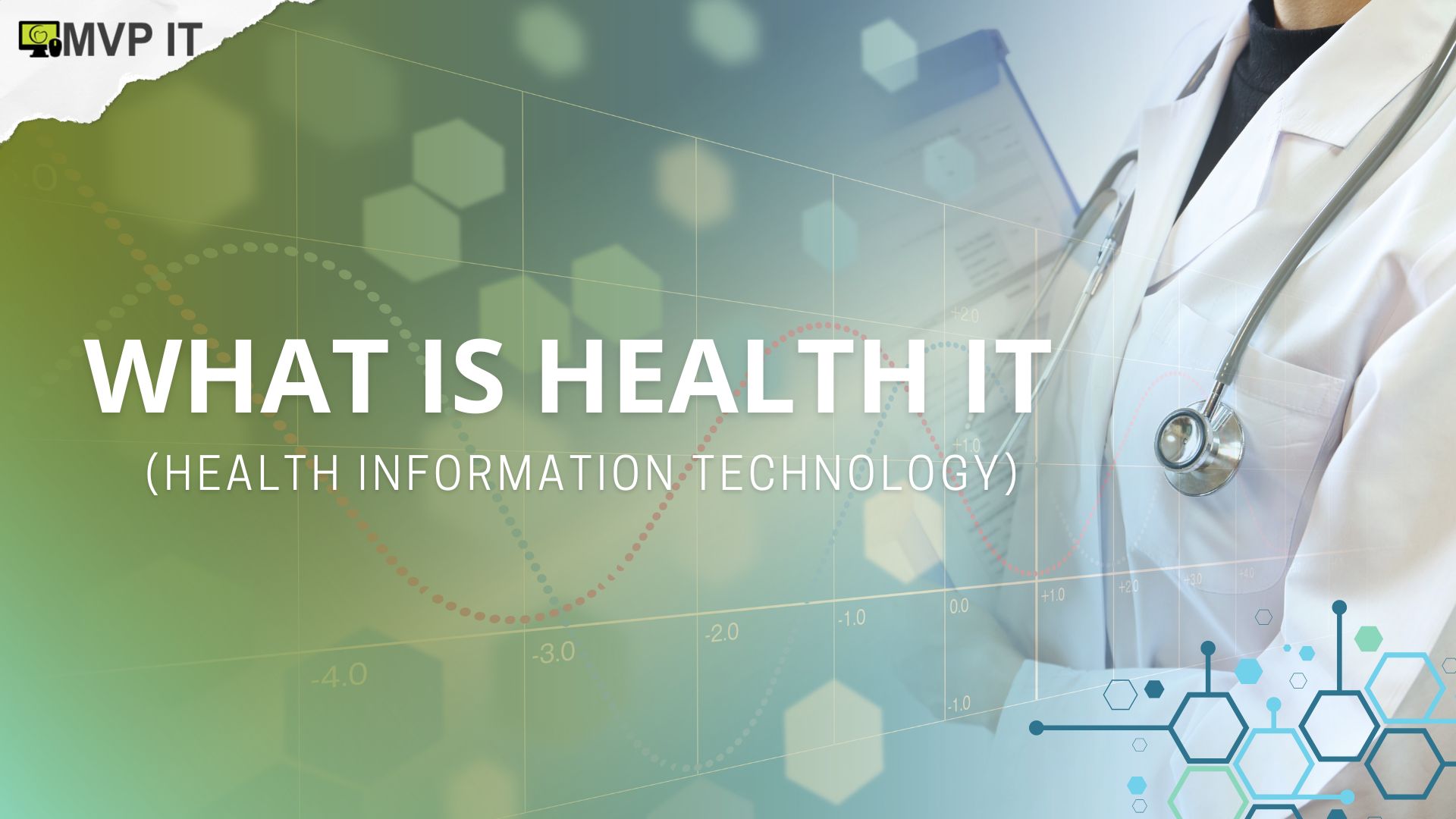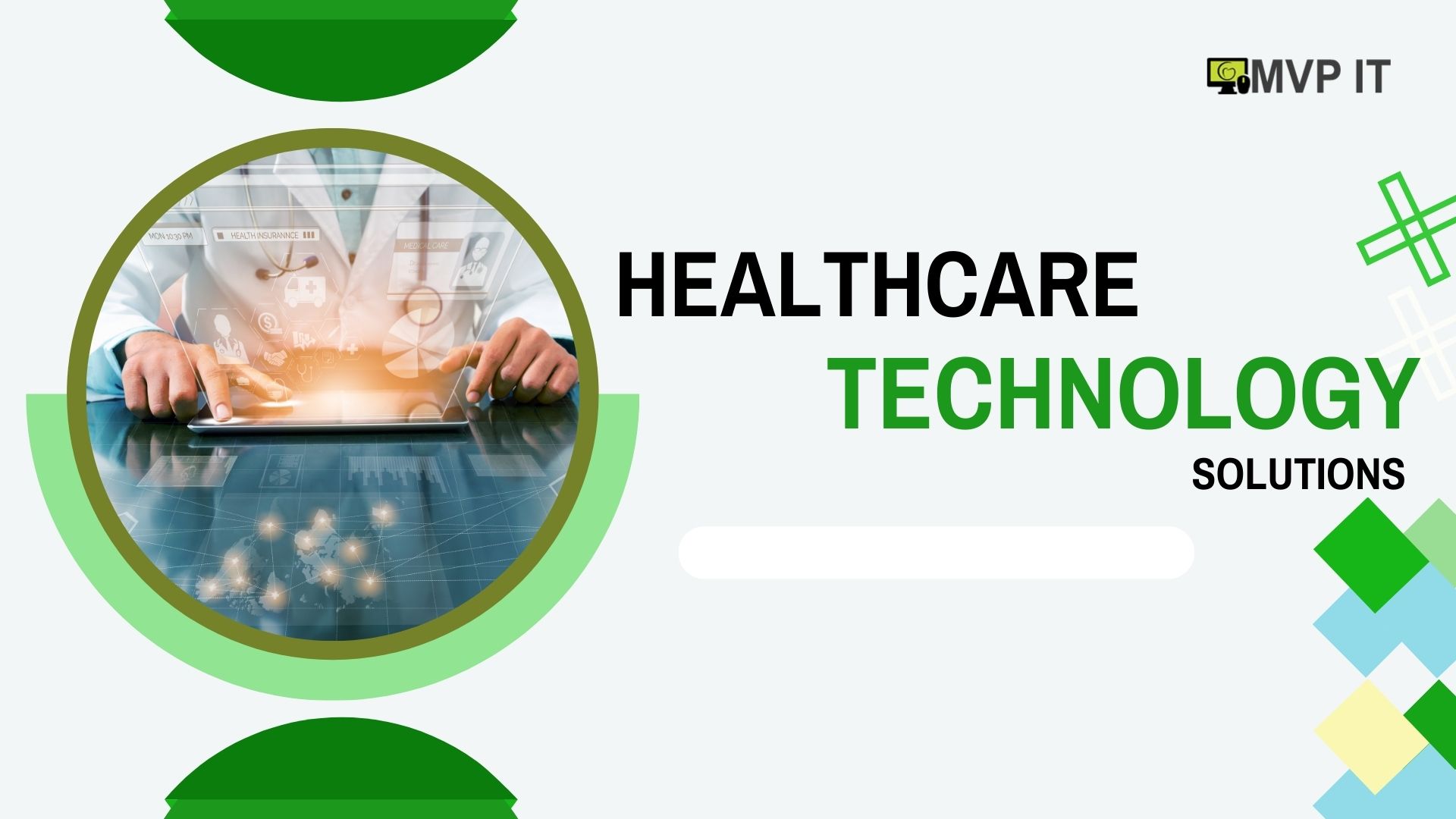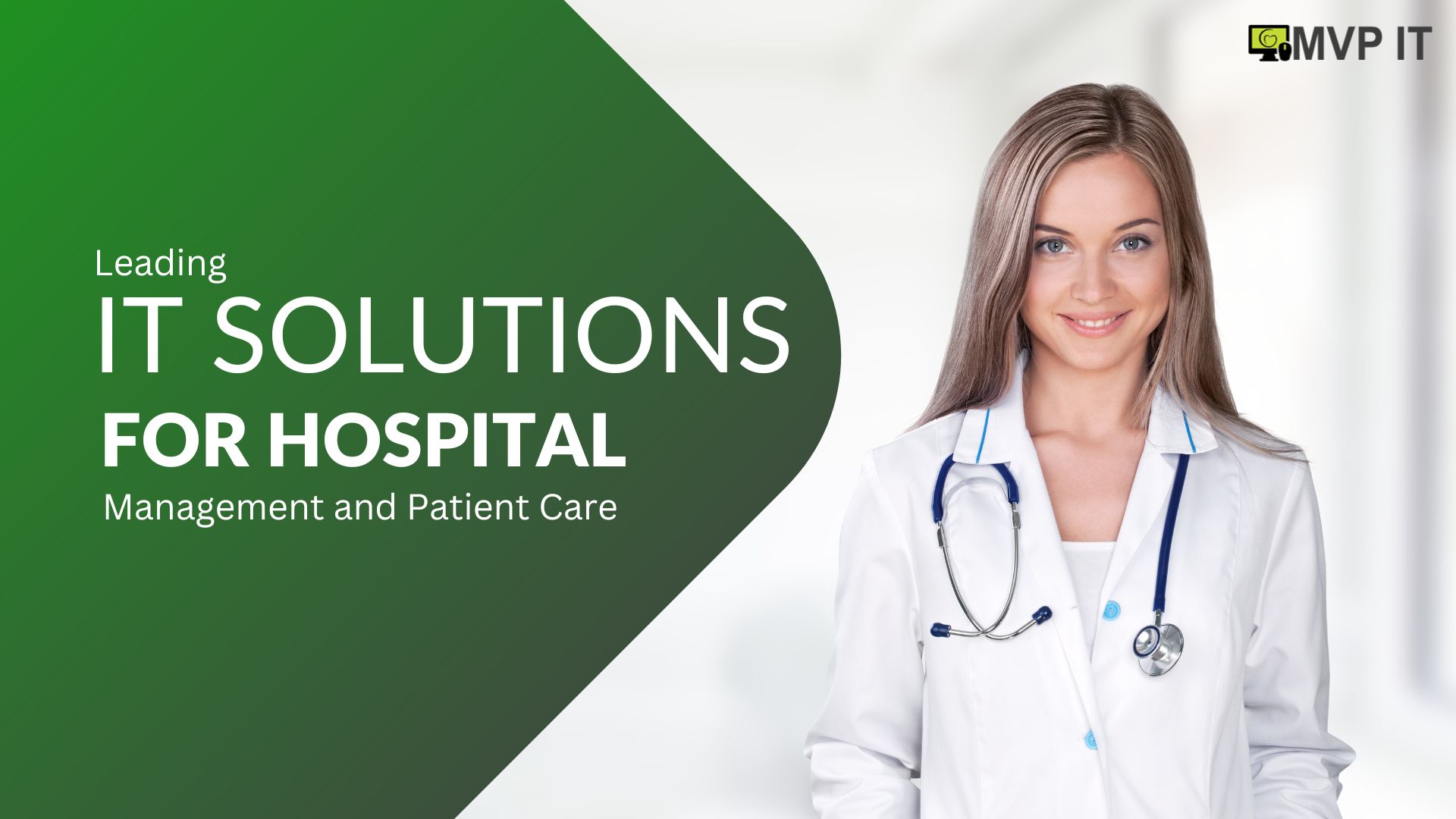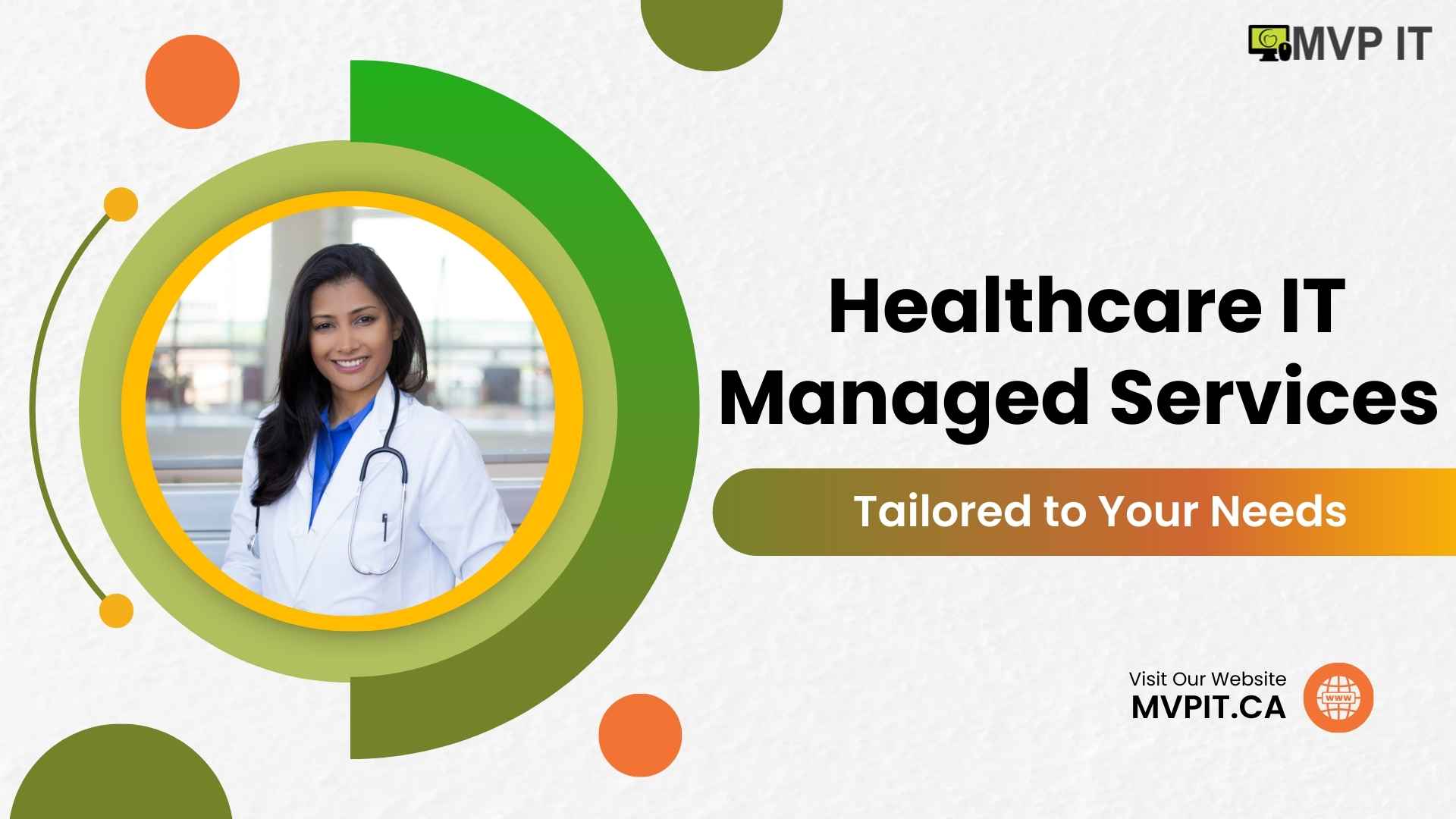Evolution of Health IT
Due to the development of technology and the increasing demand for effective healthcare administration, health information technology has undergone substantial change over time. At first, most healthcare data was stored on paper, which made it difficult to easily access and distribute data. However, the field of healthcare information management saw a significant upheaval with the introduction of computers and other digital technology.
Historical Background
Hospitals started experimenting with computerised data processing systems to handle patient records in the 1960s, which is when health IT first emerged. The more advanced health IT solutions that were developed in the ensuing decades were made possible by these early systems.
Technological Advancements
Rapid technological breakthroughs in recent years have further accelerated the development of health information technology. Healthcare information storage, access, and sharing have completely changed as a result of the broad use of digital imaging systems, health information exchange (HIE) platforms, and electronic health records (EHR). The advent of telemedicine and telehealth technologies has also enabled virtual consultations and remote patient monitoring, thereby increasing the effectiveness and accessibility of healthcare services.
Key Components of Health IT
A wide range of systems and components are included in health IT, and each one is essential to the efficient management and sharing of medical data.
Electronic Health Records (EHR)
Healthcare professionals may electronically store, retrieve, and update patient data thanks to electronic health record (EHR) systems. Electronic Health Records (EHRs) facilitate clinical processes, increase documentation accuracy, and improve provider communication.
Health Information Exchange (HIE)
The safe interchange of patient data between various healthcare systems and organisations is made possible by HIE platforms. Care coordination and continuity are improved when HIEs enable interoperability, which guarantees that patient data is available to authorised healthcare practitioners in a variety of care contexts.
Telemedicine and Telehealth
Patients can obtain medical consultations, monitoring, and treatment services from the comfort of their homes thanks to telemedicine and telehealth technology, which facilitate remote healthcare delivery. These innovations improve access to healthcare services, especially in impoverished areas, by leveraging digital health tools and telecommunications to get beyond geographic obstacles.
Benefits of Health IT
Health information technology can greatly benefit patient safety, healthcare providers, and other stakeholders can all benefit greatly from the use of health information technology.
Improved Patient Care
Through quick access to comprehensive patient information, such as medical history, lab findings, and medication records, health IT systems improve clinical decision-making for healthcare practitioners. As a result, patients will eventually receive better care and be more satisfied with their diagnosis and treatment plan.
Enhanced Communication
Healthcare professionals may exchange vital patient data instantly because of the smooth communication and cooperation that health IT fosters. As a result, healthcare delivery becomes more effective and efficient and fosters collaboration and care coordination.
Streamlined Processes
Health IT solutions optimise healthcare workflows, lowering administrative stress and boosting operational efficiency by automating a variety of administrative duties like invoicing, coding, and appointment scheduling. This enables greater patient care, thereby improving overall results for healthcare practitioners.
Challenges in Implementing Health IT
The adoption of health IT presents a number of obstacles that must be overcome in order to fully realise its potential, despite all of its advantages.
Data Security and Privacy Concerns
Risks to privacy and security, including data breaches and illegal access, are brought about by the digitisation of medical records. Sustaining trust and adhering to regulatory obligations depends critically on guaranteeing patient information’s confidentiality, integrity, and accessibility.
Interoperability Issues
The incompatibility of various health IT systems severely hinders smooth information interchange and care coordination. To solve interoperability issues and allow information to move seamlessly across different systems, standardising data formats and protocols is crucial.
Cost and Resource Constraints
Implementing health IT systems can come with a significant upfront cost as well as ongoing maintenance expenses, especially for small and medium-sized healthcare organisations. The uptake and optimisation of health IT solutions can also be hampered by resource limitations, such as inadequate infrastructure and IT knowledge.
Role of Health IT in Healthcare Organizations
In today’s healthcare organisations, health information technology (IT) supports many facets of clinical care, administrative functions, and strategic decision-making.
Patient Engagement
By giving patients access to their medical records, instructional materials, and communication tools, health IT solutions—like patient portals and mobile health apps—enable patients to take an active role in their treatment. Improved health outcomes and patient satisfaction result from this increased patient and healthcare provider engagement and collaboration.
Clinical Decision Support
To help healthcare practitioners make evidence-based decisions at the point of care, clinical decision support tools like clinical decision support systems (CDSS) and computerised physician order entry (CPOE) are integrated into health IT systems. By utilising patient-specific data, clinical guidelines, and best practices, these technologies can offer real-time recommendations and alerts that lower medical errors and increase patient safety.
Population Health Management
Healthcare organisations can find trends, patterns, and discrepancies in health outcomes by aggregating and analysing population health data with the use of health IT. Healthcare practitioners can better manage population health, target interventions, and allocate resources to address common health conditions by utilising data analytics and predictive modelling.
Future Trends in Health IT
With new technologies and changing healthcare requirements driving innovation and evolution, the future of health information technology is bright.
Artificial Intelligence and Machine Learning
Advanced data analytics, predictive modelling, and personalised treatment are made possible by artificial intelligence (AI) and machine learning (ML), which have the potential to completely change the health IT industry. Algorithms driven by artificial intelligence (AI) have the capacity to examine enormous volumes of medical data in order to find trends, offer insights, and assist clinicians in making decisions that will eventually enhance patient outcomes, treatment effectiveness, and diagnosis precision.
Wearable Health Technology
Wearable health technology is becoming more common in healthcare because it allows for continuous monitoring of health indicators, activity levels, and vital signs. Examples of this technology include fitness trackers, smartwatches, and remote monitoring gadgets. Individuals can take charge of their health and well-being by using the useful real-time data these devices provide to guide early intervention programmes, chronic illness management, and preventive treatment.
Blockchain in Healthcare
Due to its ability to improve data security, interoperability, and integrity, blockchain technology has the potential to completely transform healthcare. Blockchain may reduce data breaches, guarantee data provenance, and facilitate safe and transparent transactions amongst healthcare stakeholders by offering a decentralised and unchangeable ledger for the storage and exchange of health information.
Conclusion
In conclusion, health information technology, or health IT, is essential to modernising the delivery of healthcare, enhancing patient outcomes, and raising the effectiveness and efficiency of medical services. The delivery, administration, and experience of healthcare might be completely transformed by health IT by utilising cutting-edge technology like telemedicine, artificial intelligence, electronic health records, and health inHowever, we must resolve issues such as data security, interoperability, and financial limits to fully reap the benefits of health information technology and ensure equitable access to high-quality healthcare.











